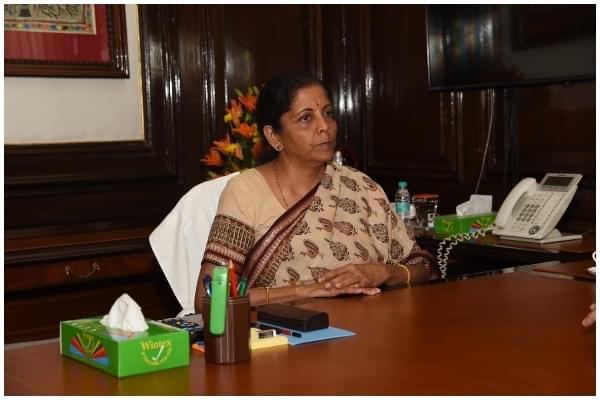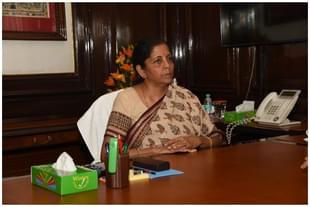Insta
Bank NPAs To Witness Decisive Turnaround By Shrinking To 8 Per Cent By March 2020: CRISIL Report
Swarajya Staff
Jun 25, 2019, 04:28 PM | Updated 04:28 PM IST
Save & read from anywhere!
Bookmark stories for easy access on any device or the Swarajya app.


Asset quality of banks are expected to witness a decisive turnaround in FY20 with gross non-performing assets (NPAs) reducing by 350 basis points (bps) over the next two years to 8 per cent by March 2020 compared with a peak of around 11.5 per cent in March 2018 and 9.3 per cent in March 2019, claims rating agency CRISIL.
As per the CRISIL report [PDF], this will be driven by a combination of reduction in fresh accretions to NPA as well as by increased recoveries from existing NPA accounts.
Significantly, public sector banks (PSBs), which account for over 80 per cent of the NPAs in the system, should see their gross NPAs climb down over 400 bps to 10.6 per cent by March 2020 from a peak of 14.6 per cent in March 2018.
The rate of accretion of fresh NPAs halved in FY19 to 3.7 per cent compared to 7.4 per cent in the previous fiscal and is expected to drop to 3.2 per cent in FY20.
The report claims that this accretion is a result of banks already recognising Rs 17 lakh crore of stressed loans as NPAs since FY16, thanks to the Reserve Bank of India’s (RBI) stringent norms and asset quality reviews.
As per the CRISIL report, the reduction in NPAs would be driven by a pickup in recoveries and resolutions from large NPA accounts, especially under the Insolvency and Bankruptcy Code (IBC) and pick up in credit growth.
The report assumes that the bulk of the pending cases in the National Company Law Tribunal (NCLT) would be resolved with higher recovery rates and faster resolution times.
The improvement in NPA numbers would be driven by two major factors which should result in corporate loans exhibiting a substantial reduction in NPA levels.
The resolution of some large NPA accounts under NCLT-1 and NCLT-2 is expected to fructify by the end of this fiscal. This could account for almost half of the total reductions in gross NPAs of the banking system by March 2020. Recapitalisation has ensured that a number of PSBs have the balance sheet strength to provide for reasonable haircuts on resolution of stressed assets.
Trends in corporate credit quality are supportive at an aggregate level. CRISIL’s credit ratio – number of upgrades to downgrades – increased to 1.81 per cent in second half of FY19 compared to 1.67 per cent in FY18.
RBI’s stance on restructuring of loans to small and medium enterprises (SME) till the end of FY20, is also expected to help witness an improving trend in the overall NPA position.





